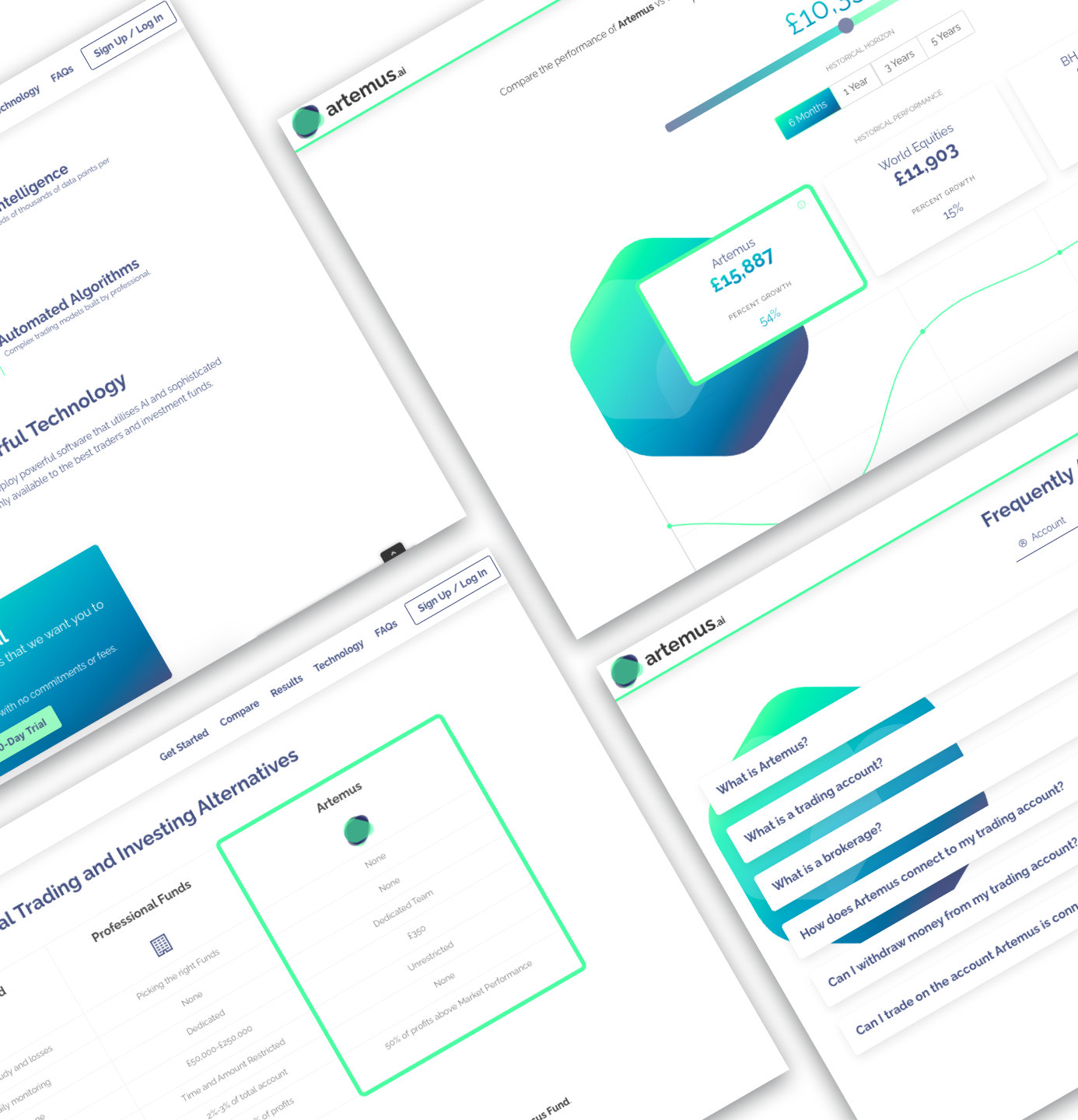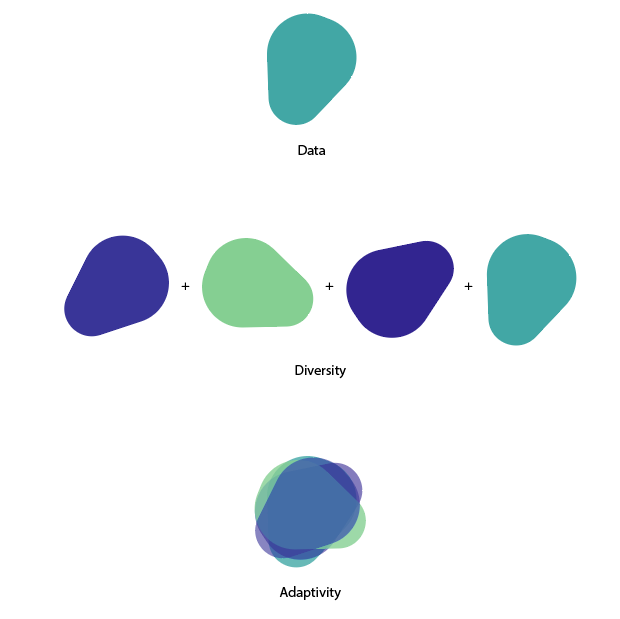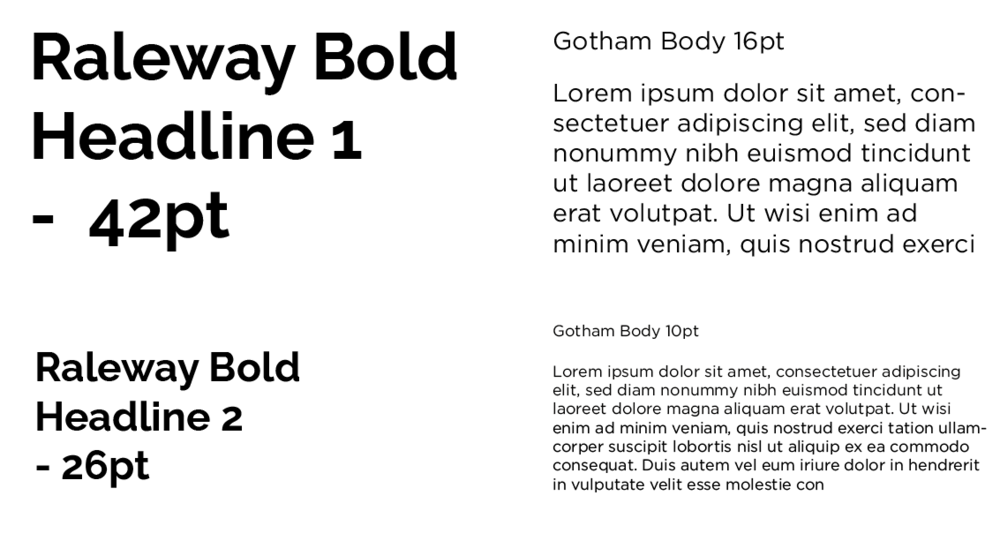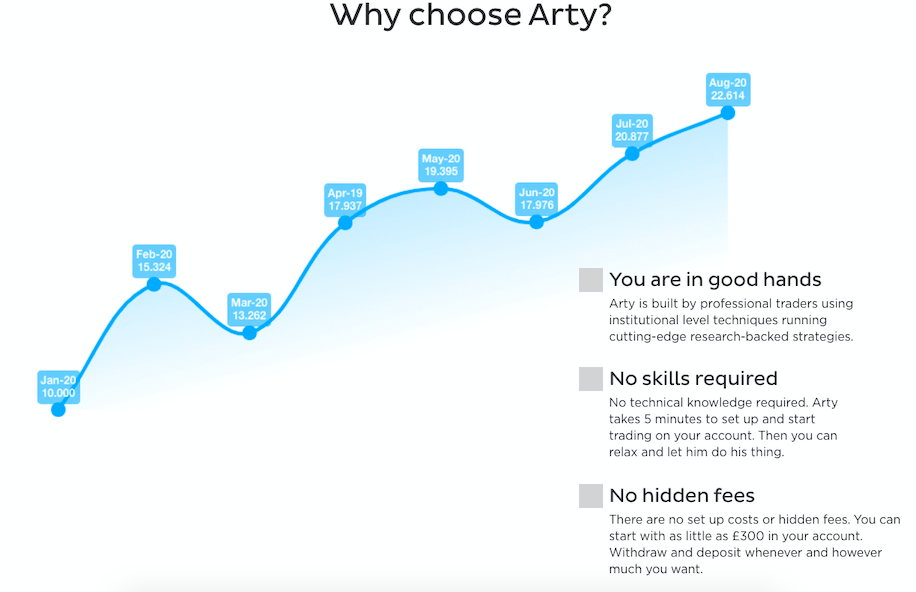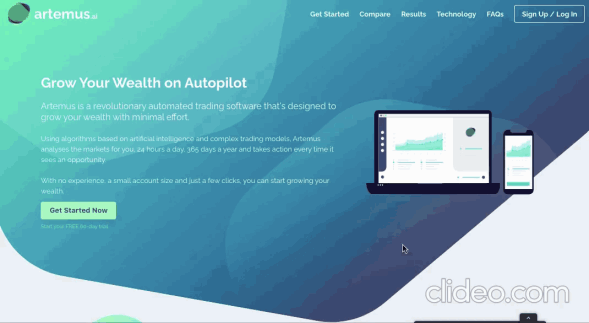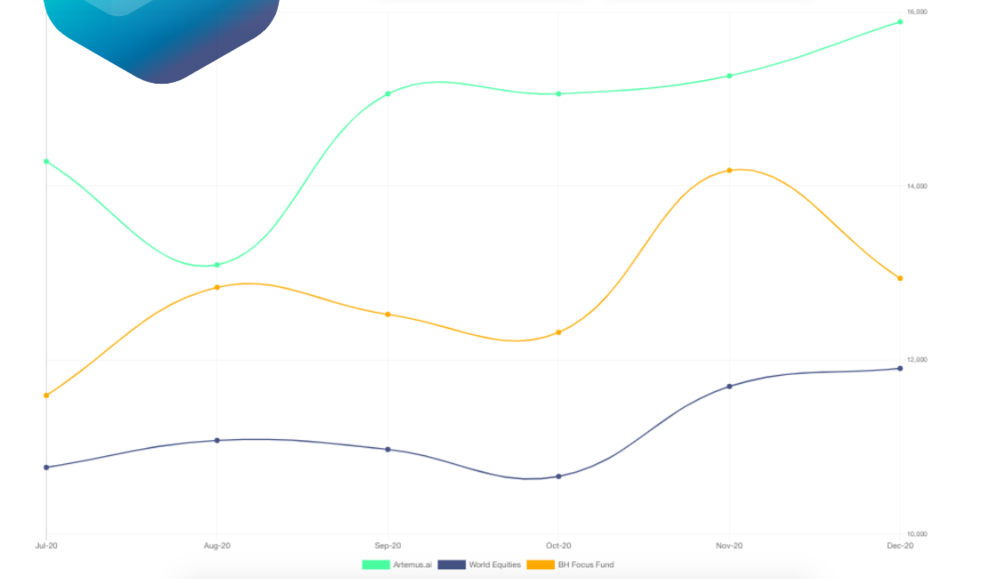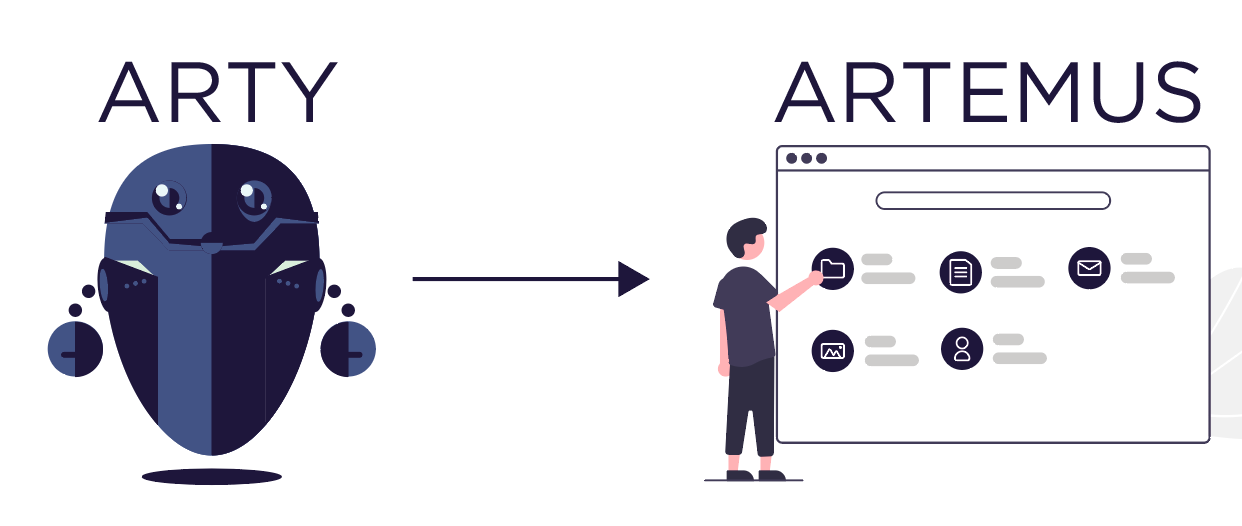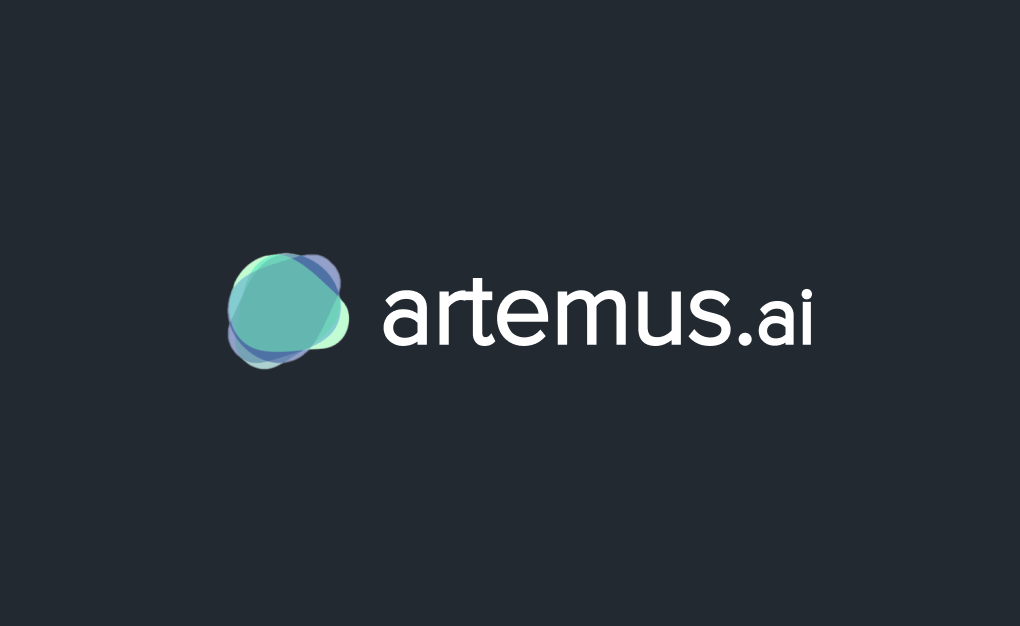artemus.ai
Introduction
Artemus.ai is an intuitive, user-centric platform designed to make automated trading accessible and trustworthy for newcomers. Its standout features include a comparison section that clearly showcases the benefits of automation over traditional trading, interactive performance charts that boosted sign-ups by 15%, and strategic A/B testing to optimize user engagement. By combining clean design with educational content, FAQs, and testimonials, Artemus.ai effectively builds credibility and drives conversions through a data-driven, iterative UX approach.
Research
n our user research, we identified a significant friction point: many potential customers required manual introduction to the Artemus platform before they felt confident enough to engage with its features. This included one-on-one walkthroughs, support emails, or live demos—resources that were not scalable and often delayed user activation
Ideation
Wireframing /Adobe XD / Sketch
During the ideation phase, one of our key focuses was rethinking the pricing model to better align with user expectations and reduce sign-up hesitation. We explored ways to present pricing transparently, with simplified tiers and clear value propositions tailored to different trading experience levels. The goal was to remove perceived complexity and create an immediate sense of affordability and fairness, increasing the likelihood of user conversion.
By showcasing real trading data and clear side-by-side comparisons with traditional platforms, we highlighted Artemus’s superior performance and ease of use. These design solutions not only enhanced transparency but also drove user confidence and significantly improved conversion rates.
Outcomes
Artemus.ai demonstrates how thoughtful design and user-centered strategy can transform a complex platform into an accessible, conversion-friendly experience. By replacing manual onboarding with interactive, data-driven guidance, Artemus not only scaled more efficiently but also built greater trust and engagement among new users.
n our user research, we identified a significant friction point: many potential customers required manual introduction to the Artemus platform before they felt confident enough to engage with its features. This included one-on-one walkthroughs, support emails, or live demos—resources that were not scalable and often delayed user activation
Strategy
Our strategy involved iterating multiple hero page layouts to identify which messaging and visuals resonated most with new, interested customers. We conducted A/B testing across these variations, focusing on headline clarity, call-to-action placement, and the integration of trust-building elements like testimonials and data snapshots. This allowed us to collect real-time insights and continuously refine the design based on what drove the highest engagement and sign-up rates.
Another major ideation track centered around real-time, interactive data visualizations that gamified the experience and encouraged user exploration. We designed tools that let users input queries, view historical performance, and benchmark Artemus against similar platforms—turning data into an engaging, trust-building asset. This approach not only highlighted Artemus’s strong track record of financial gains but also created a dynamic experience that made users feel empowered and informed.
Design Solution
We implemented five key UI designs for Artemus to create a seamless, trust-building experience. These included a guided landing page, real-time performance dashboard, interactive charts, competitor comparisons, and a streamlined FAQ and testimonial section.
Reflection
Artemus.ai demonstrates how thoughtful design and user-centered strategy can transform a complex platform into an accessible, conversion-friendly experience. By replacing manual onboarding with interactive, data-driven guidance, Artemus not only scaled more efficiently but also built greater trust and engagement among new users.
The Challenge
Converting Visitors to Sign-Ups: Despite showcasing clear benefits, persuading skeptical or risk-averse users to take the first step remains a hurdle. Many users hesitate to sign up due to a lack of trust in automated trading, unclear value propositions, or fear of hidden costs—requiring strong social proof, simplified messaging, and compelling calls to action to overcome.
Simplifying Registration and Onboarding: Once users decide to sign up, the registration process must be seamless. Complex forms, unclear steps, or a lack of immediate guidance can cause drop-offs before reaching the dashboard. Streamlining the onboarding flow with progress indicators, optional fields, and instant access to a guided tour or demo can significantly improve user activation and retention.


